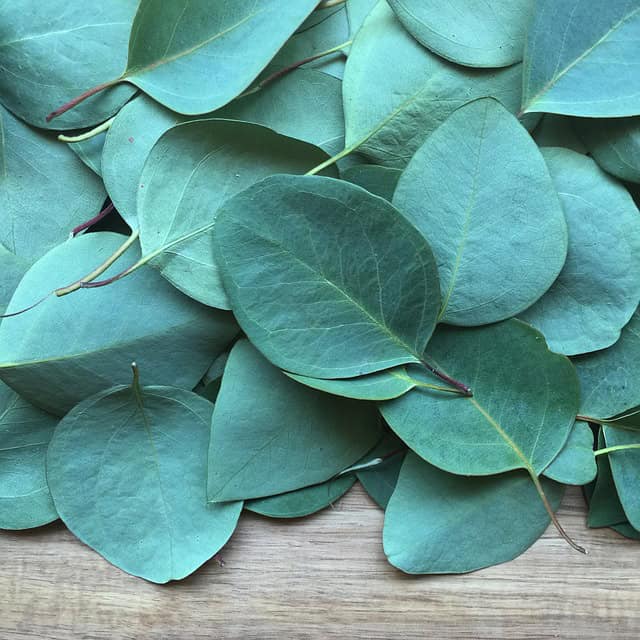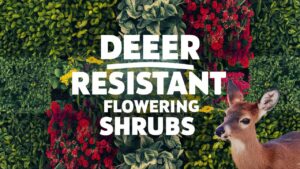Eucalyptus trees are known for their striking appearance, aromatic leaves, and numerous benefits.
Whether you’re interested in them for crafting, aromatherapy, or simply for their aesthetic appeal, knowing how to properly harvest eucalyptus can help you maximize its uses while maintaining the health of the tree.
In this guide, we’ll cover everything you need to know about harvesting eucalyptus, from selecting the right tree to the best techniques for cutting.
Choosing the Right Eucalyptus Tree
Eucalyptus includes over 700 species, many of which are native to Australia but can thrive in various climates worldwide. When selecting a tree for harvesting, consider the following popular varieties:
Eucalyptus globulus (Blue Gum): Known for its tall stature and aromatic leaves, this species is commonly used for essential oils.
Eucalyptus citriodora (Lemon Eucalyptus): This tree has a pleasant lemon scent, making it popular for crafting and natural insect repellents.
Eucalyptus polyanthemos (Silver Dollar Gum): This variety is prized for its round leaves and is often used in floral arrangements.
Eucalyptus gunnii (Cider Gum): Known for its striking blue-green foliage.
Before you start harvesting, ensure that the tree is healthy and well-established. Avoid taking cuttings from young or stressed trees, as this can harm their growth.
The Best Time to Harvest
The timing of your harvesting is crucial for ensuring vibrant foliage and healthy regrowth. The ideal time to harvest eucalyptus leaves is during the spring and early summer when the tree is in its active growing phase. This timing allows the tree to recover quickly from pruning.
Tools You’ll Need

Having the right tools will make your harvesting process more efficient and encourage healthy practices:
Pruning Shears or Garden Scissors: Sharp and clean tools are essential for making clean cuts.
Lopper: For thicker stems, consider using a lopper to ensure a clean cut without putting strain on the branches.
Gloves: Protect your hands while handling the tree, especially if you’re working with the oils present in the leaves.
Harvesting Techniques
Here’s a step-by-step guide on how to harvest eucalyptus properly:
Identify Healthy Stems: Look for stems that are healthy and vigorous. They should appear green and robust, indicating that they are still growing.
Make Clean Cuts: Use your pruners or loppers to make a sharp cut, ideally at a 45-degree angle. This helps the tree heal faster and prevents water from accumulating on the cut surface, which can lead to rot.
Leave Enough Foliage: When harvesting, always leave at least one-third of the foliage on the tree. This ensures that the tree can continue to photosynthesize and grow effectively.
Take Whole Branches Sparingly: If you plan to harvest larger sections or branches, do so sparingly. Only take what you need to avoid stressing the tree.
Gathering Leaves: If you’re interested in leaves for crafting or essential oils, remove them from the stems carefully, preserving their natural oils and aromas.
Storing and Using Harvested Eucalyptus
After harvesting, eucalyptus leaves can be used in various ways:
Aromatherapy: Dried eucalyptus leaves can be used in diffusers or as part of potpourri. Their soothing scent promotes relaxation and can help clear the air.
Crafting: Use dried leaves in wreaths, bouquets, or as part of other craft projects. Their beauty and fragrance make them a favorite in floral arrangements.
Essential Oils: If you’re interested in making your own eucalyptus oil, distillation techniques can extract the essential oil from the leaves. However, this process requires some equipment and know-how.
To store your harvested eucalyptus, keep it in a cool, dry place that is out of direct sunlight. For dried leaves, consider placing them in airtight containers to preserve their freshness.
Maintaining the Health of Your Eucalyptus Tree
After harvesting, ensure that you care for your eucalyptus tree properly. Regularly check for signs of pests or disease and prune any dead or damaged branches throughout the year. Providing adequate water, especially during dry spells, will also support regrowth.
Conclusion
Harvesting eucalyptus can be a rewarding activity that not only brings the beauty of nature into your home but also connects you with the tree’s many uses. Following the proper techniques will ensure that your eucalyptus tree remains healthy and continues to provide its stunning foliage for years to come. Whether you plan to use the leaves for aromatic purposes, crafting, or simply enjoying the tree’s presence in your garden, understanding the right approach to harvesting is essential for a successful experience.





